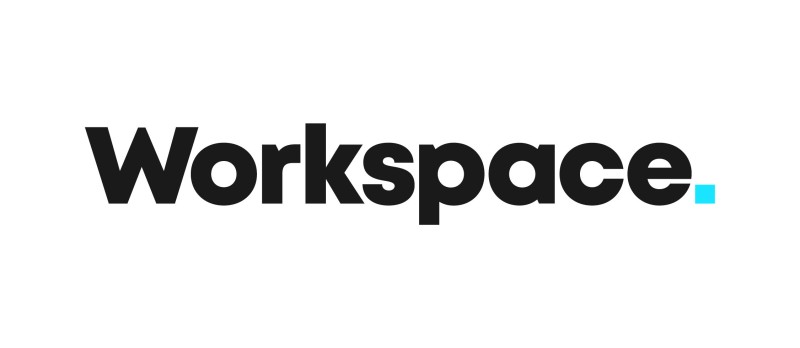In the previous article (Link here) we talked about reviewing emissions and promised some tips. This article aims to identify some key point to consider with the aim of keeping it simple.

When we talk about emissions it can sound complicated and as if we need to make some complex calculations about carbon footprint, efficiency, and complicated comparisons about one solution versus another. For most of us, we could perhaps more easily think about our emissions by thinking about our consumption instead. Because in most cases what we consume uses resources and/or energy and creates emissions.
We are all consumers and so are our businesses. By reducing our organisation’s consumption, we can therefore reduce our climate-changing emissions. So where to start?
Scoping out emissions
We can help identify all our consumption/emissions by exploring the scope of our consumption as defined by the Science-based Targets initiative (SBTi).
Scope 1 emissions are a company’s direct emissions.
- Examples: Use of company facilities, company vehicles, processes.
Scope 2 is the emissions of purchased electricity, heating and cooling.
Scope 3 is the emissions of a company’s supply chain and those emitted during the use of their products. Scope 3 emissions are generally in the order of 90% of a company’s emissions!
- Upstream Examples: Employee commuting, business travel, capital goods, waste generated in operations, transportation and distribution, purchased goods and services, leased assets (as lessee)
- Downstream examples: Investments, use of sold products, end-of-life treatment of sold products, transportation and distribution, franchises, leased assets (as the lessor)
Considering the reach of a business’s scope 3 activity, it is easy to see how it can account for the bulk of our emissions. So, when it comes to emissions, out of sight should not be out of mind.
Coming back to our consumption. Whilst it may be easier to see what our own business’ direct consumption is, how can we do the same with scope 2 and 3 suppliers? As mentioned in the previous article there are many terms associated with describing climate change impact and strategy. But how can we easily tell which are meaningful and which may be, how shall we say, wishful thinking, or even ‘greenwashing’?
In general terms, it is probably best to be sceptical of vague or general promises. For example, terms such as Eco-friendly, green, planet-friendly, bio-degradable, natural etc. Look for specifics, for example describing a circular economy model, detailed lists of ingredients and accreditations and explanations of energy and waste used and produced in processing. Also, be wary of unsupported claims of being carbon neutral. In most cases, well-established businesses will still be, at best, on a trajectory heading towards carbon neutral status. Carbon neutrality is not easy to achieve, so any business making these claims should have evidence or at least a plan with targets and timescales including milestones. As mentioned in the previous article also be wary of companies making claims to be carbon neutral through offsetting by supporting external carbon mitigation or net-negative projects, unless at the end of their plan. These projects need to be supported as an additional contribution but not as a substitute for reducing scope 1,2 or 3 emissions.
Finally, did you notice ‘investment’ included in scope 3 examples? This is easy to overlook but can be easy to change. Look for financial institutions that invest in and lend to businesses and projects that are aligned with the Paris agreement targets. It appears that the most powerful drivers of climate-positive action in large companies are investors and consumers, not governments. This is good news; it means we can make a difference!
So, to keep it simple, just consume less and when we must consume keep it greener.
The next article will focus on some specific examples and show how you can save money at the same time improving your organisation’s environmental impact.
For more details on guidance for specific industry sectors check out the link below.
